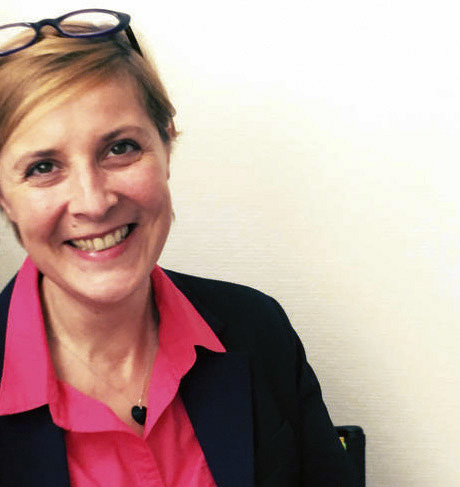Preserving, experimenting, and passing on the skills and the know-how of pre-digital photography are the main objectives of the Collège international de Photographie du Grand Paris (CIPGP), the brainchild of photo historian Michel Poivert. While waiting to take up its quarters in Daguerre’s house in 2023, this unusual hybrid organization is already hard at work.

Museums, festivals, galleries, and workshops dedicated to photography are more numerous in France than anywhere else in the world. The fact that this country is the cradle of the medium is no doubt in part the reason for this dynamism. So why open a new site in Ile-de-France which already has an abundance of photography institutions? “In France, we have a culture of preservation of both photographs and equipment, but less so of knowledge. Hence the idea of the Collège international de Photographie du Grand Paris, a place for training art professionals specializing in the medium,” explains Michel Poivert, chair and co-founder of the CIPGP.
This project originated in the realization that, while for some years now there has been a renewed interest in conventional photography and historical processes, such as cyanotype, wet collodion, etc., the requisite know-how is rarely ever taught, if at all. As such, there is a risk it will perish. Moreover, as emphasized by the professor of art history and photography at the Université Paris-I Panthéon-Sorbonne, “there is a need to separate photographs from images.”

In addition to the practice of shooting, there are specific printing techniques, such as cibachrome, that must also be perpetuated. “It is essential that professional printers hand down their knowledge and let the next generations take over. This is all the more true that there are currently many artists who explore the question of materiality,” notes Michel Poivert. This desire for preservation does not mean a rejection of modernity and digital technologies. At the CIPGP there is a place for hybrid practices that combine past and present techniques. This will be done by setting up conventional and digital photography workshops.
In concrete terms, the College will bring together three areas of activity: it will be a training center for professionals, an experimental laboratory hosting artist and research residencies, and an educational center: “One of the missions of the College is to help wider audiences discover the practice of photography. This includes schoolchildren and young people, but also more unexpected audiences such as welfare center residents or seniors,” explains Michel Poivert.


Initially, the CIPGP was to be a part of a vast urban development project in Ivry-sur-Seine, but given the time it would take to complete, Michel Poivert took up the offer made by the mayor of Bry-sur-Marne, a town located about thirty minutes from the center of Paris. The town already engages with photography, since it is home to both the Institut National de l’Image (INA) and the Bry-sur-Marne film studios. The estate of Louis Daguerre, located in the vicinity, had remained unoccupied. So it makes sense for the CIPGP to move into the former home of the inventor of the daguerreotype, “a nice way to bring heritage back to life,” notes the historian.
Although it will take at least two years to restore and develop the site, the CIPGP has been working full steam on various preliminary projects since 2019. It has held symposia, such as the one last fall on printing, and in-school workshops. In early July it will launch a summer university session. In terms of artistic practice, three artists have already been awarded the Bourses Recherches Création (Jérémie Brugidou, Fabien Ducrot and Anna-Katharina Scheidegger) and the winners of the commissions have been named (Isabella Hin and Téo Becher). Lastly, a new prize dedicated to collector’s prints was created, which aims to highlight the collaborative work between a photographer and a printmaker. Supported by the collectors Florence and Damien Bachelot, the award went to Juan Cruz Ibañez and Clément Verger in 2020.
Positioning itself as a defender of pre-digital photographic know-how, the CIPGP intends to apply for its inclusion on UNESCO’s list of national intangible cultural heritage. To be continued.
By Sophie Bernard
Sophie Bernard is a journalist specializing in photography, a contributor to La Gazette de Drouot and Le Quotidien de l’Art, a curator, and a teacher at EFET in Paris.
Summer university at the Daguerre estate, Bry-sur-Marne (94), in partnership with the Université Paris-I Panthéon-Sorbonne and the Fondation des Artistes, July 1 to 3, 2021.
To learn more, visit photographie-grand-paris.fr





